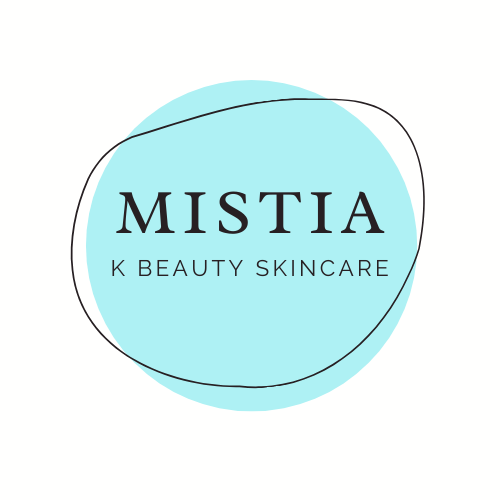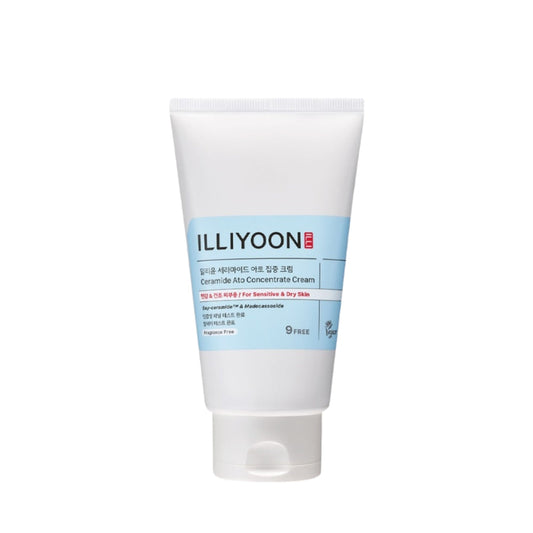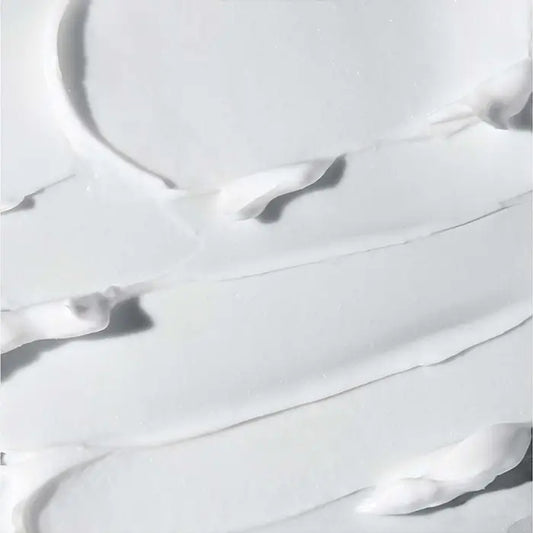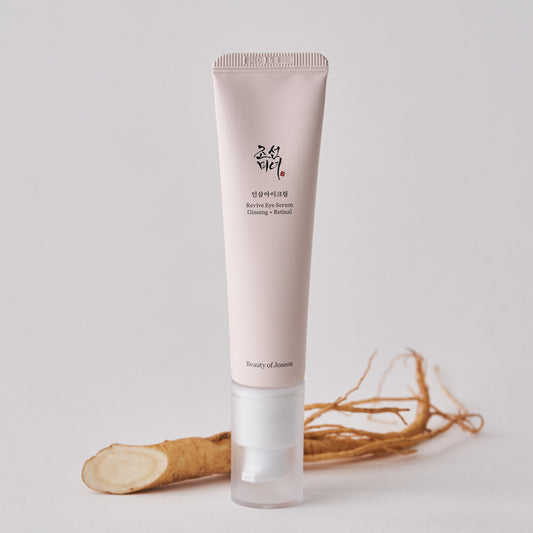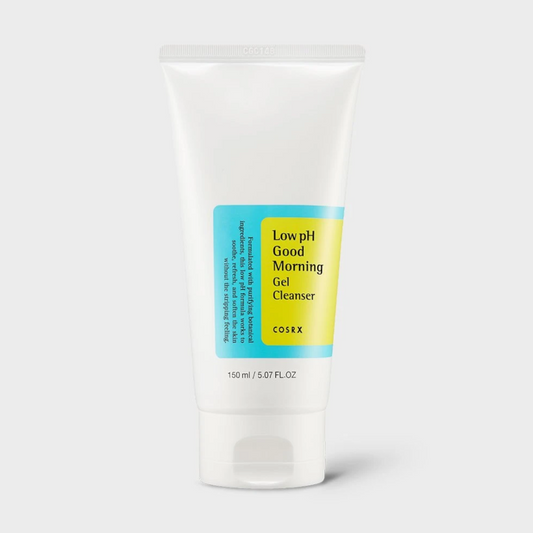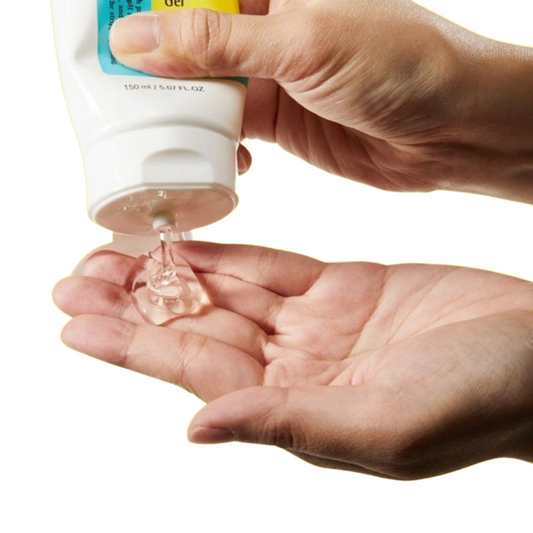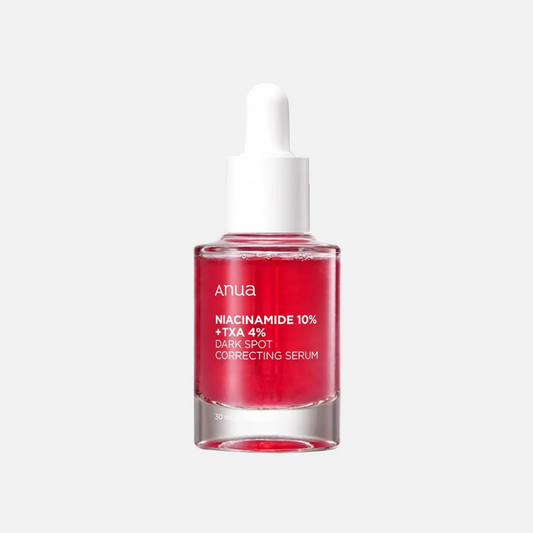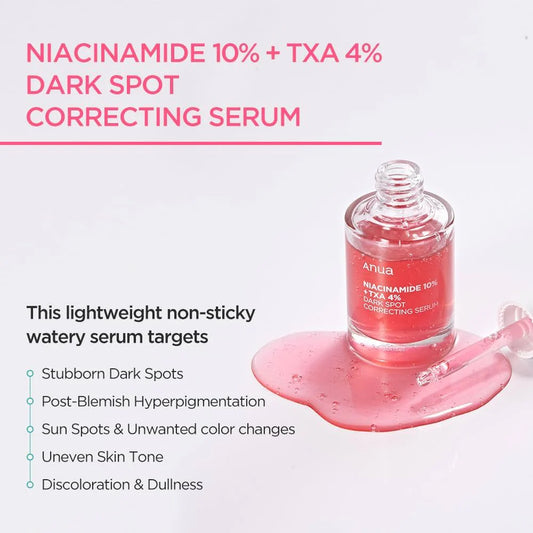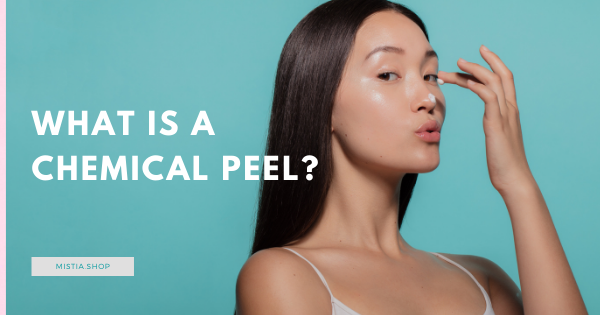
What is a Chemical Peel?
Share
The words “chemical peel” may stir discomfort, and even fear in you - and we get it! Chemical peels can seem like an intense thing to incorporate into your skincare routine. But with new iterations of chemical peels now available on the market, now is a good of a time as ever to introduce your skin to this treatment.
Chemical peels carry a number of benefits, from preventing acne to smoothing out wrinkles and fine lines, meaning that no matter what your skincare routine consists of right now, chemical peel should be the next on your list to check out.
So what’s a chemical peel anyway?
Chemical peels are what the name implies. A chemical solution is applied to your skin in order to remove the top layers so that your skin can grow back smoother and more radiant. What you may not know is that there are actually different strengths and types of peels that target different depths of your skin, from a light chemical peel, a medium chemical peel to a deep chemical peel.
All three work to resurface your skin, but depending on the strength of the product, your skin may undergo more dramatic results but can also take longer to heal. The three strengths of chemical peels may help to treat wrinkles, scars, and discoloured skin.
A light—or superficial—chemical peel removes the outer layer of skin (known as the epidermis) only. This is the most gentle chemical peel you can get, and helps treat fine wrinkles, acne, uneven skin tone, and dryness. Most dermatologists recommend getting a light chemical peel every two to five weeks, though this may differ from person to person.
A medium chemical peel removes skin cells from the epidermis, as well as portions of the upper part of the middle layer of skin, also known as the dermis. This may help to treat everything that a light chemical peel treats, and also can help to even out skin tone. One medium chemical peel may not be enough for some people, and they may have to repeat the procedure in order to achieve their skin goals.
Deep chemical peels remove even more skin cells, but on a deeper level. This may be recommended for deeper wrinkles, scars, or precancerous growths. Deep chemical peels take the longest to heal from, but additional procedures are not necessary for the full effect.
The three types of chemical peels include glycolic peels, salicylic peels, and TCA peels. The first (glycolic) helps your skin become brighter as it gently exfoliates the outer layer of your skin, sloughing off dead skin cells. It would be considered the mildest type of chemical peel, counteracting acne, hyperpigmentation, and sun damage.
Salicylic peels are great for acne-prone skin. You’ve likely heard of salicylic acid before; it’s often featured in products that are used to fight acne. Salicylic acid is a BHA that targets our oil glands, penetrating deeply into our pores to clear them out. This peel will help clear out build-up and also contain anti-inflammatory properties that address inflamed breakouts.
Finally, TCA peels—a medium-depth peel—are stronger than the aforementioned types of peels, which means it can help with scarring or discoloration. This is one that cannot be done at home and must be done by licensed professionals. TCA peels can help with sun damage, acne scars, and minimizing wrinkles. Because of its intensity, this isn’t recommended for those with sensitive skin. Also due to its intensity, recovery time will be longer than glycolic and salicylic peels.
Why everyone should consider getting a peel
Because chemical peels help slough off layers of skin, it may help to counteract a number of skin conditions that many of us suffer from, including acne, wrinkles, and dullness. Because chemical peels help lower the pH of the skin, making it unbearable for bacteria to thrive, chemical peels are beneficial to those who suffer from acne. Peels also help to remove dead skin that has settled into wrinkles and ultimately making wrinkles less visible, while also helping to brighten skin.
What unexpected benefit is that chemical peels can help improve the efficacy of other skincare products. By removing the top layer of skin, it helps other products that you use better penetrate your skin.
Should I use it?
Of course, though chemical peels boast a number of benefits, it’s important to understand that everyone’s skin and how it will react will be different. We recommend testing the product before using any at-home chemical peel.
If you’re on the hunt for a product, make sure that your chemical peel has a pH of around 2.0. When it’s at 2.0 or below, this means that the entirety of the acid in the product will work to exfoliate your face. When the pH is higher, though, less of the product will work, according to Healthline. Using their example, if you have a 5% salicylic acid chemical peel with a 2.0 pH, the 5% works to exfoliate. If the pH is higher, less of the 5% is active.
